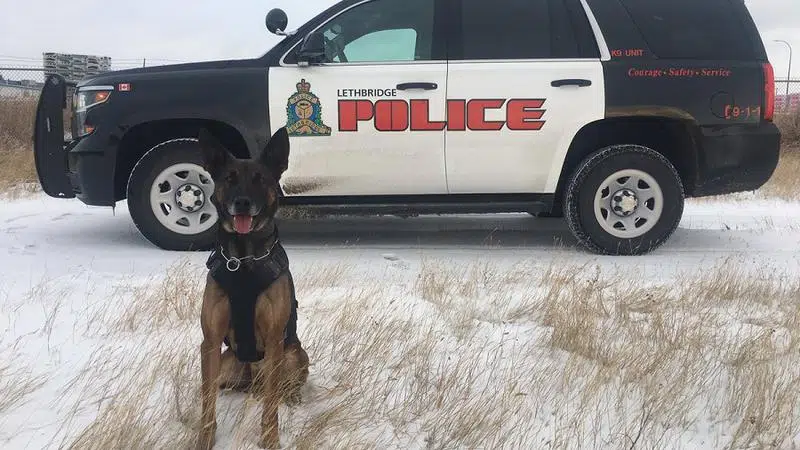
Four-legged soldiers: the role of animals during the World Wars and beyond
LETHBRIDGE, AB – It wasn’t just humans that played an important role during the World Wars.
Animals were also integral to success on the battlefield, especially dogs, horses and even birds.
“Dogs were in some way were a small, portable mini-horse, without all the maintenance of that size of a commitment. Just like here in southern Alberta, we’ve got a lot of mining – canaries were used, there were a lot of trenches in World War One,” said Glenn Miller, a retired Warrant Officer who does work with the Lethbridge Legion.
Miller said at the base of the Peace Tower in Ottawa, as you enter the Memorial Chamber, there’s a list of all the names of those who have died in the service of Canada. In addition to human soldier names, there is a permanent stone carving section commemorating animals’ contributions to war efforts.


